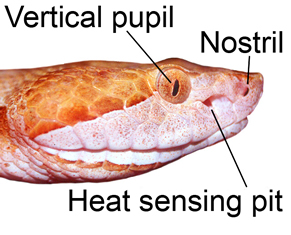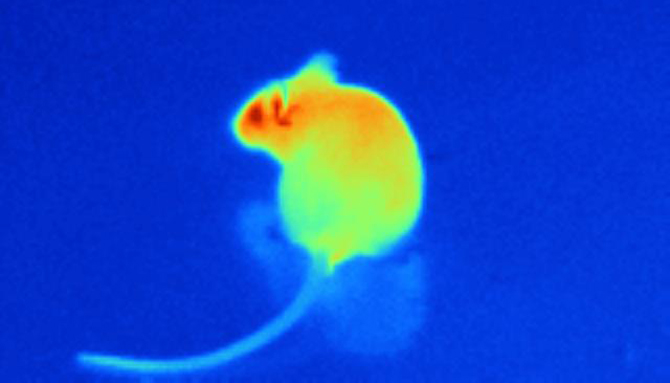General Biology II, lecture on Sensory Reception
XV. Sensory Reception
A. Neural Sensory Receptors are Transducer Neurons
1. convert external stimulus into a neural impulse
a. stretch/displacement reception, photoreception, chemoreception
B. Stretch and Displacement Reception
1. associated with touch, hearing, balance, temperature
2. specialized dendrites are placed so that mechanical changes
will cause them to bend
a. bending stretches the membrane to open ion channels
which allows for depolarization
i. depolarization begins the action potential
3. phonoreception
a. hair cells - size and length associated with
different frequencies of sound
4. nociception - pain
5. touch and balance
a. equilibrium receptors in the vestibular apparatus of the
inner ear evolved from lateral line of fishes
C. Chemoreception
1. taste and smell
2. chemically alter neuronal (receptor) membrane permeability
a. ions may cross the membrane ® depolarization ®
Action Potential
D. Photoreception
1. sight, temperature, light
a. many photoreceptors are capable of detecting light
without delineating images
i. infrared sensitive heat pits of pit vipers
ii. parietal eye of lizards
(1) lens
(2) connected to pineal - melatonin secretion in darkness
2. Retina (neural lining) contains photosensitive molecules
a. found in the rods and cones = photoreceptive neurons
i. in membranes of flattened discs in the
outer segment of these neurons
(1) away from the lens
b. Rhodopsin
i. pigment made from opsin (protein) and
retinal (vitamin A derivative)
ii. energy from light causes a configurational
change in retinal, unbends it (bleaching)
iii. activated rhodopsin binds a G protein, closing membrane
channels, hyperpolarizing the cell
(1) stops the ions from leaking in or out
iv. hyperpolarization travels down the neuron
just as depolarization would
v. signal is graded
- more hyperpolarization with more light
(1) depolarization in normal neurons is all or nothing:
graded responses come from
the number of neurons depolarizing

